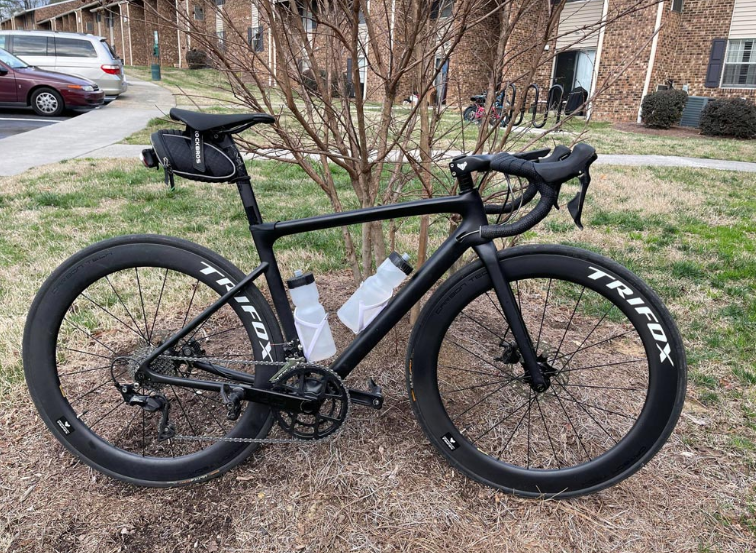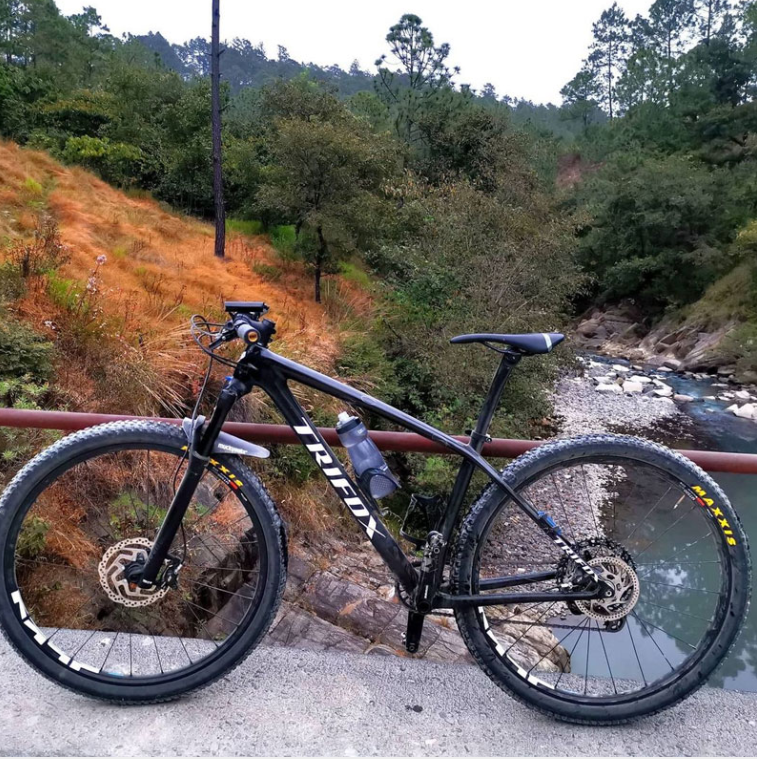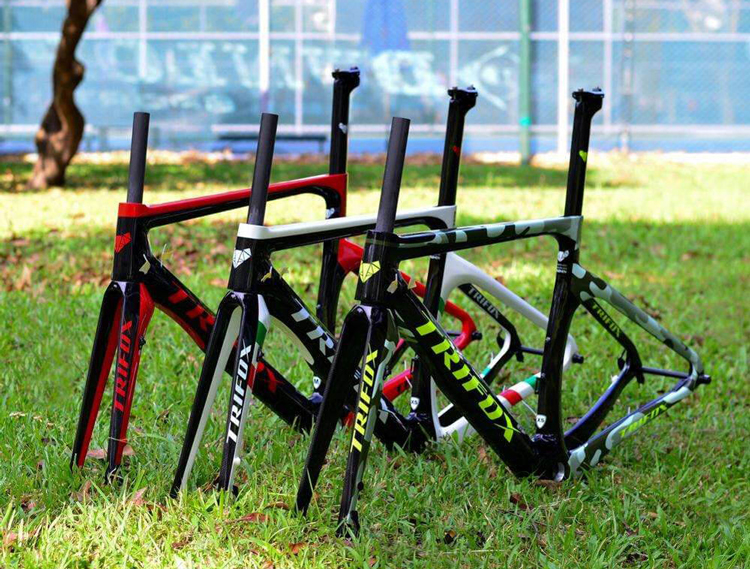The most common sports bikes in our daily life are road bikes and mountain bikes, which are very different in appearance and can be distinguished at a glance. So what are the differences between road and mountain, and how do these differences come about? Let’s talk about them together below.

First of all, the most obvious difference is the width of the outer tire. In order to achieve the perfect balance between rolling resistance and air resistance as well as vibration filtering performance, many road parties are often torn between the size of the outer tire and tire pressure, and even the width of the rim.
For mountain bikes with off-road orientation, high tire pressure means that bumps on the road will consume more energy or even cause injuries, while narrow tire width will bring the problem of lack of grip. Compared to large tires, road tires with fine grain or even bald designs can easily lose grip on gravel roads.
Mountain bikes have better passability than road bikes because of the setting of the outer tire, so they have also become the first choice of many people who ride in areas with poor road conditions.
Handlebar Controls
Mountain in order to ride in the rugged mountain roads, the pursuit of control, the use of a wider handle, while the road pursuit of speed, reduce wind resistance, so the handlebar is narrower.
Frame
Mountain on bumpy roads, the consideration is a combination of lightweight and hard work, while road considerations focus on pedaling rigidity and lightweight. Road bikes are usually slimmer, while mountain bikes are sturdier. The frame angle of a mountain bike is very specific, while the angle of a road bike is about the same. The axle of a mountain bike is thicker, while the axle of a road bike is more delicate. At present, with the use of production technology and high-tech materials, it is difficult to find any similarity between the two types of frames except for the basic structure.
Brakes
The best braking system now is the disc brake, or disc brake, introduced from motorcycles. The most important thing about road bikes is that they are lightweight, in addition to the braking power, and of course, disc brakes are now becoming popular.
Fork
Mountain bike forks belong to an important part of the mountain bike, with high technology, performance and comfort are added rigidity and lightweight of a combination, while the road bike fork is just a part of the frame related parts.
Weight
Weight is very important for mountains and roads. In cross-country racing, domestic hardtail mountain bikes can reach about 8.5 kg, while road bikes are usually below 7 kg. In UCI regulations, the minimum limit is no lighter than 6.8kg. The heavier the bike is, the more gong it consumes, which invariably increases overspending.

Mountain bikes are stable, comfortable, and have very good handling and braking; road bikes are all designed to emphasize speed. You can tell the two at a glance if you master this point.
For mountain bikes that travel through forest roads and hills, shock absorption and handling performance are the primary indicators, so front and rear shocks are the real necessity.
Full-suspension models are basically divided into two major parts: the front frame and the rear triangle, which are connected by turning points, bearings, shock absorbers, and sturdy connecting rods, all for better shock absorption and strength. In order to improve the overall handling of the car, will also use a wider straight handlebar cross or swallow handlebar.
Although small gear ratios are necessary for road bikes in climbing, in order to match the right pedaling frequency, road bikes focus more on dense gear ratios rather than just pursuing large flywheels. Due to the different riding styles, we can see that road bikes usually have a “flared” flywheel arrangement, while mountain bikes are close to “trapezoidal” because the former focus on cruising pedaling stability, while the latter are more concerned about the range of gear ratios under extreme conditions. This is because the former is focused on cruising pedaling stability, while the latter is more concerned with gear range at the limit.




















































































